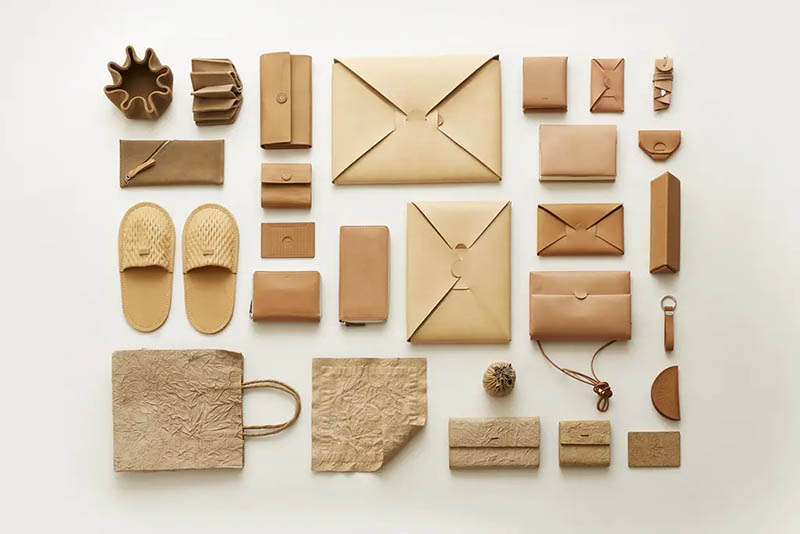There are many main leather fabrics such as natural capillary, natural rough fur, faux fur, pure/full/semi aniline, trimmed, full/half grain, split and more. Leather is composed of natural protein fibers tightly woven in three dimensions. Its surface has a special grain layer. So it has a natural grain and luster and is comfortable to the touch. So, what are the main leather fabrics? What kind of clothing can they be used on?
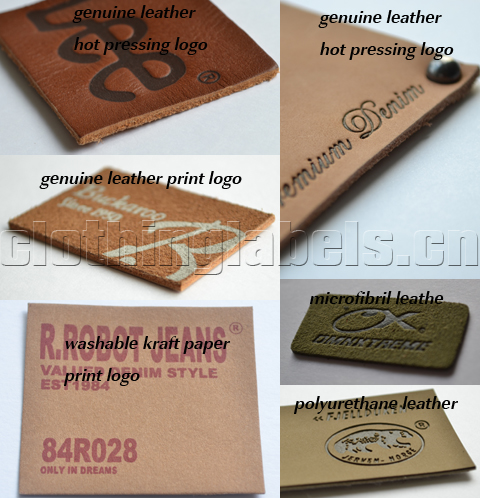
Main leather fabrics
1, Natural size capillary
Natural large capillary leather mainly includes fox fur, mink skin, lynx skin, and badger skin. And we often use it to make high-end children’s hats, coats, and capes. Natural small capillary leather mainly includes sable, mink, squirrel, ferret, and so on. This kind of capillary is short and soft, suitable for high-end children’s coats, hats, scarves, shawls, etc.

2, Natural rough fur
Commonly used natural rough fur leathers include sheepskin, dog skin, wolf skin, leopard skin, etc. The hair is long and wide. It can be used to make hats, coats, vests, linings, etc.

3, Artificial leather
Artificial leather is made by mixing various types of chemical fibers. Faux fur has a larger format. Can be dyed in a variety of bright colors. In addition, it has the appearance of animal fur. Various wild and farmed fur species can be imitated. But its biggest feature is that it is not environmentally friendly, not easy to degrade, and pollutes the environment.
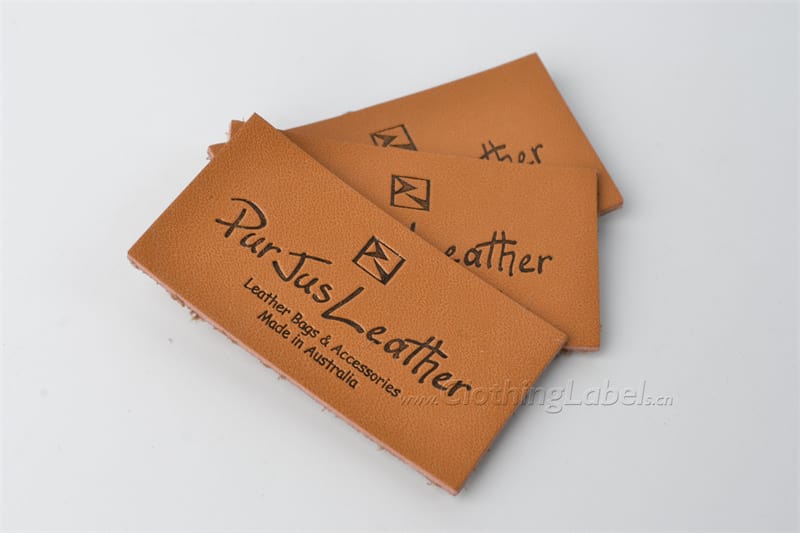
4, Pure aniline
Leather decorated with no pigments but only dyes with aniline effect are the best leather in the world. Those who love truly natural products will especially like this leather. 5% of world leather production falls into this category. Only some Grade A leathers meet the criteria for this category. This leather does not have any finishing. Maybe just a thin coat of wax or a light coat of oil to enhance the feel and aesthetics. Machine breaking or buffing is usually the finishing touch for this type of leather.
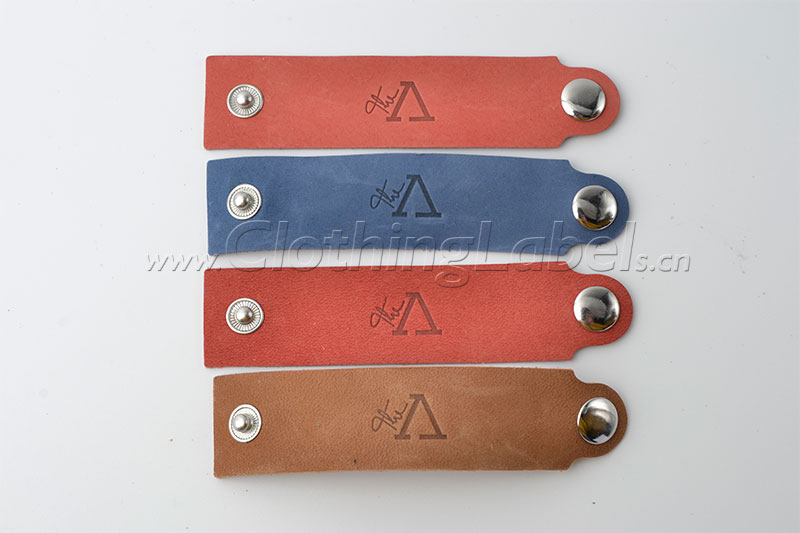
5, All-aniline
As with pure aniline leather, only some of the finest leathers in the world fall into this category. The only difference between it and pure aniline leather is that the raw leather used will be a slightly lower grade. There is only a thin protective layer on the surface. We usually use wax and transparent pigments to coat it on the surface.

6, Semi-aniline
This leather requires a little more work and has a little finish. Spray the paint lightly on the surface of the leather to even out the color and hide any existing imperfections. This leather has good light fastness and scratch resistance, and is easy to clean. 10-15% of world leather production belongs to this leather. Most B-grade leathers meet the criteria for this category. Many discolored types of leather begin by lightly sanding and smoothing the grain.
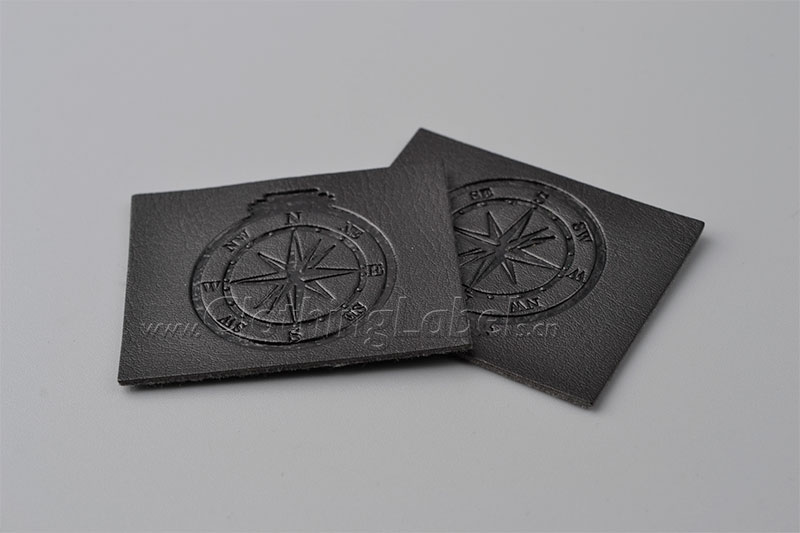
7, Trim the surface
The grain surface is partially buffed away to lessen the effects of grain imperfections. A false grain is then created through various finishing methods to mimic full-grain leather. 18% of the world’s leather production belongs to this leather. This kind of leather has undergone more processing. Such as: frosting, sanding, embossing, and paint to cover up the original flaws.
The top layer of leather is the outer leather with grain. About 0.9 to 1.5mm. This kind of leather very obviously needs to be sanded. Because it has no use other than artificially creating a fake grain surface to replace the original surface. The remaining 65% of world leather production is unsuitable for furniture. We can only use them to make shoes, clothes, belts, handbags, and car seat cushions.

8, Full grain
This is leather in which the grain pattern remains intact and the natural pores and grain are clearly visible. The better the leather, the fewer touch-ups are needed. The original grain of cheap leather is buffed away and painted. They are not as soft as full-grain leather. Although a layer of paint covers it, the original texture variation is still visible.
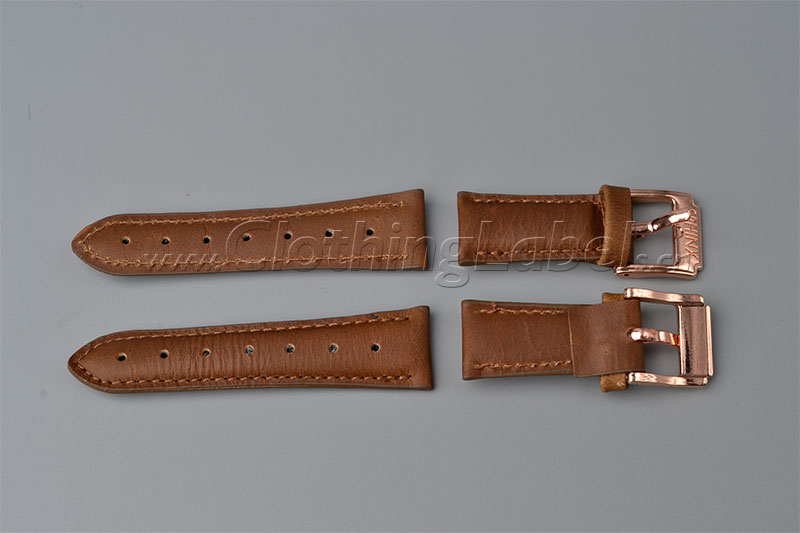
9, Half grain
We lightly buff only part of the grain of the leather. However, that part of the grain that has not been worn off remains on the entire leather surface. Leather with natural pores and texture still visible on the grain. Basically, half-grain leather is not split.
10, Splitting leather
The skin is divided into several layers, and the one with the grain is called the first layer of skin. The following are the second layer of skin and the third layer of skin. And the one with the meat surface layer is the meat surface split skin. Using modern technology, it is possible to finish, paint and emboss split leather suitable for furniture. Of course, split leather is not as durable as top-layer leather. But tweaking their thickness can yield interesting results. Unless otherwise specified, generally finished split leather is not suitable for seat cushions.
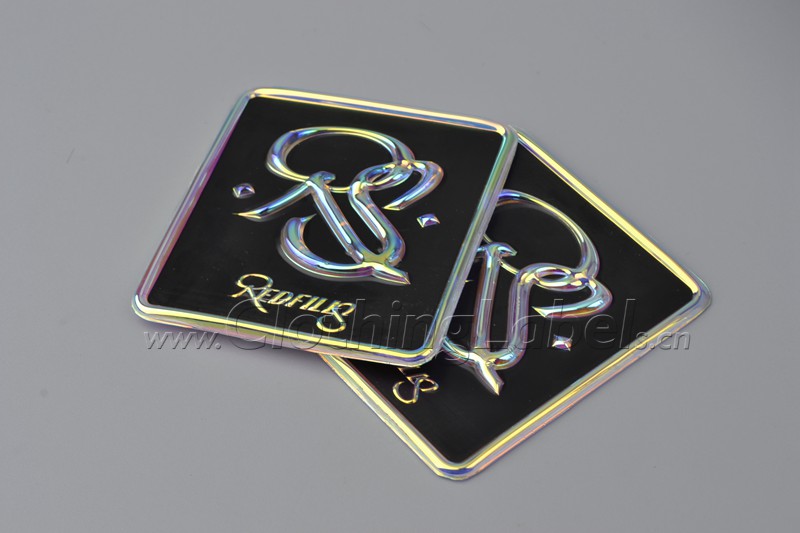
Maintenance common sense
The maintenance of leather clothing should pay attention to the following points:
- Avoid contamination with grease and chemical solvents to prevent discoloration;
- Regular waxing or jacket oil maintenance;
- Do not fold the leather jacket at ordinary times. It is suitable to hang on hangers;
- Do not expose to the sun;
- Do not put sanitary balls when storing, so as to avoid chemical reactions and harden the cortex.
In conclusion
Leather fabrics have many types due to technology. Different kinds are suitable for different types of clothing, shoes & hats, and household furniture items. We are a supplier specializing in the production of leather fabrics, leather labels, leather patches, and leather bags. If you have any custom needs, please contact us. Hope this article is helpful to you.
